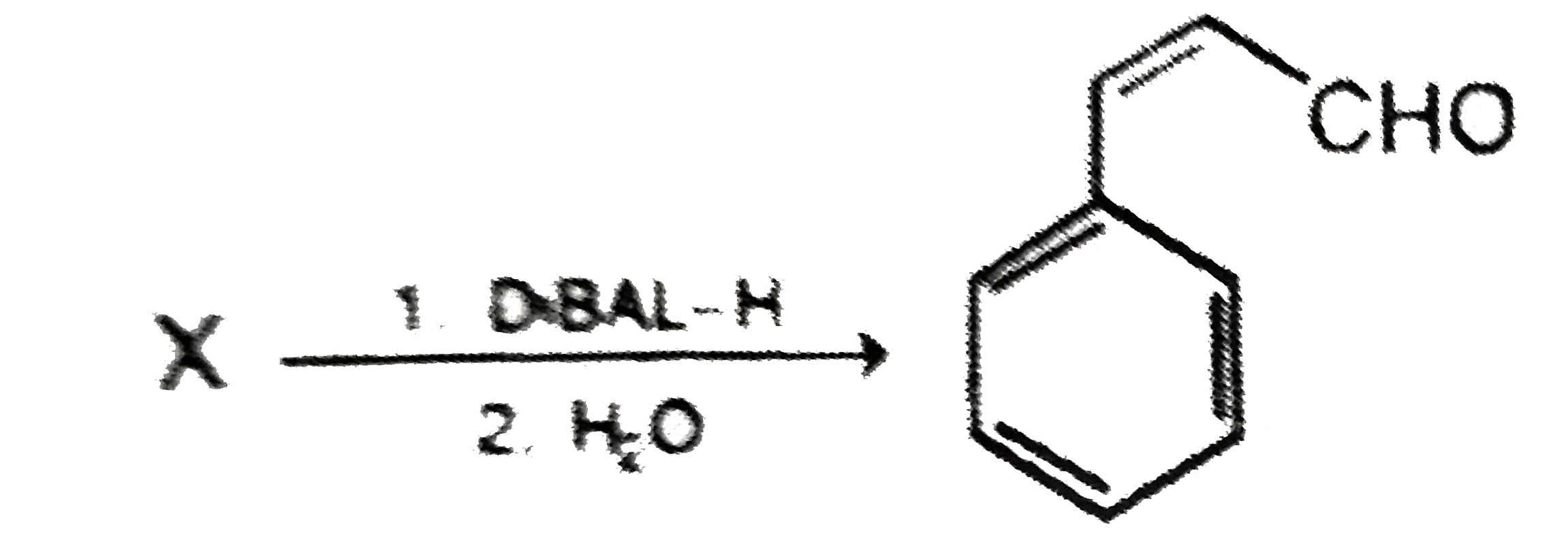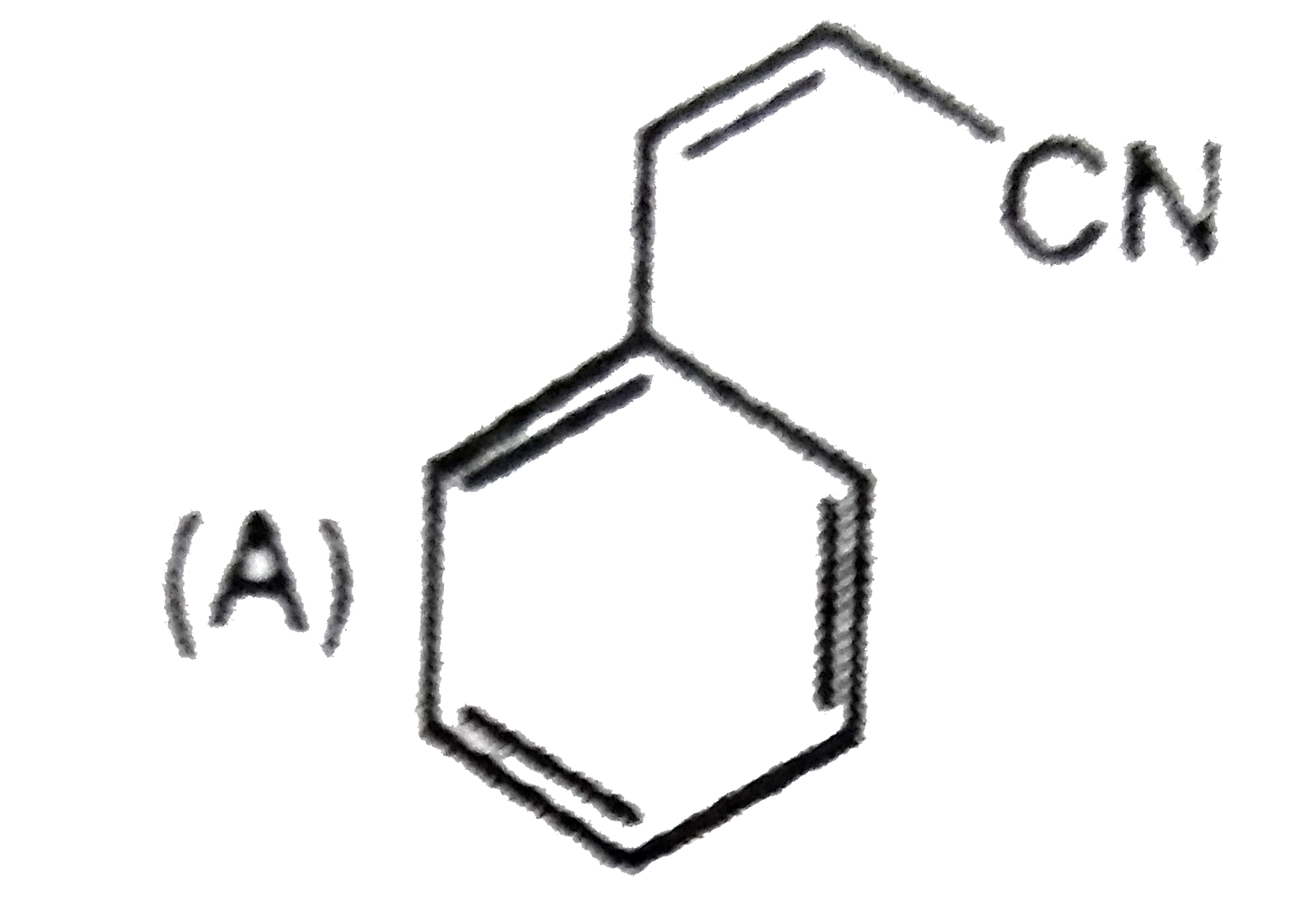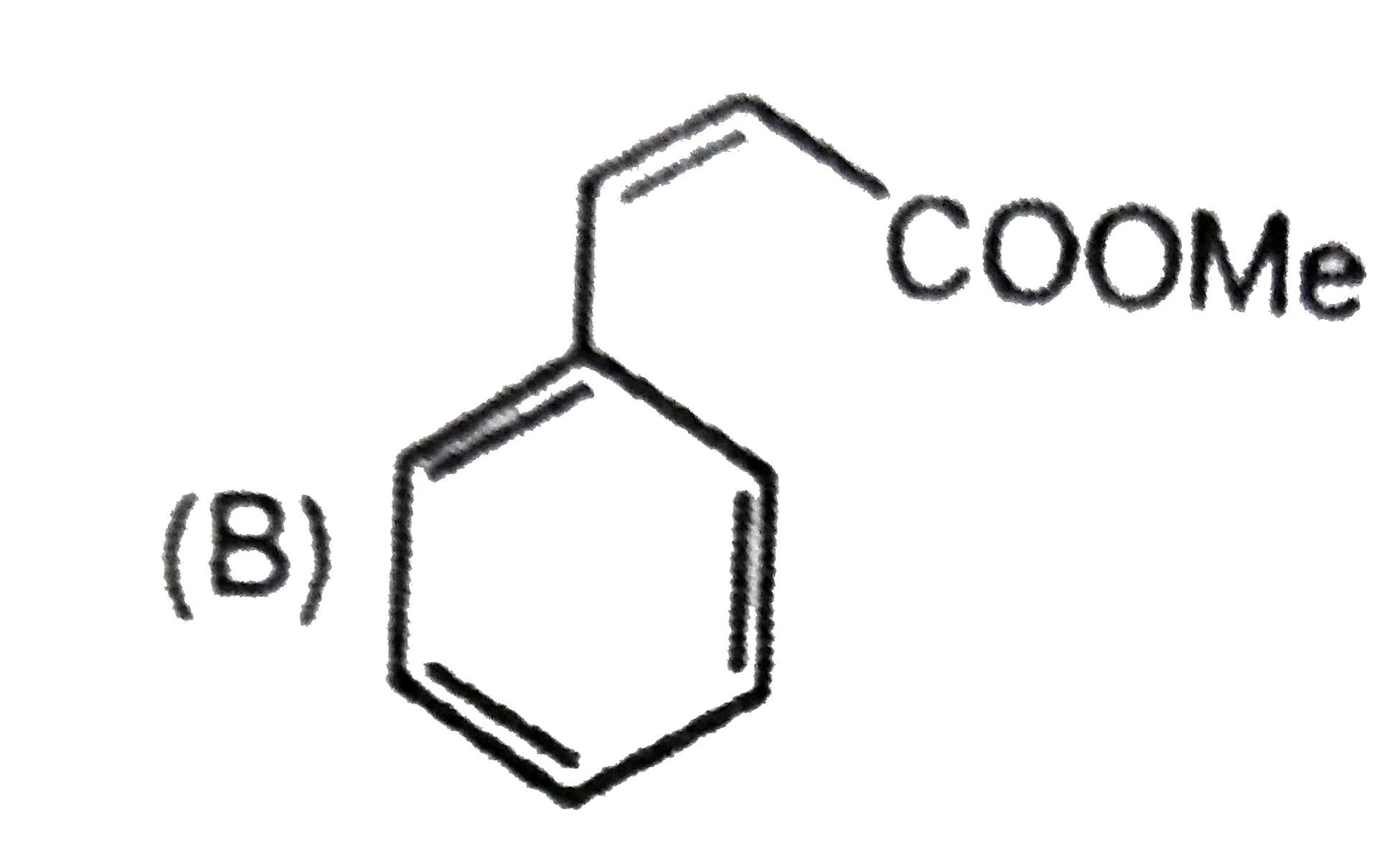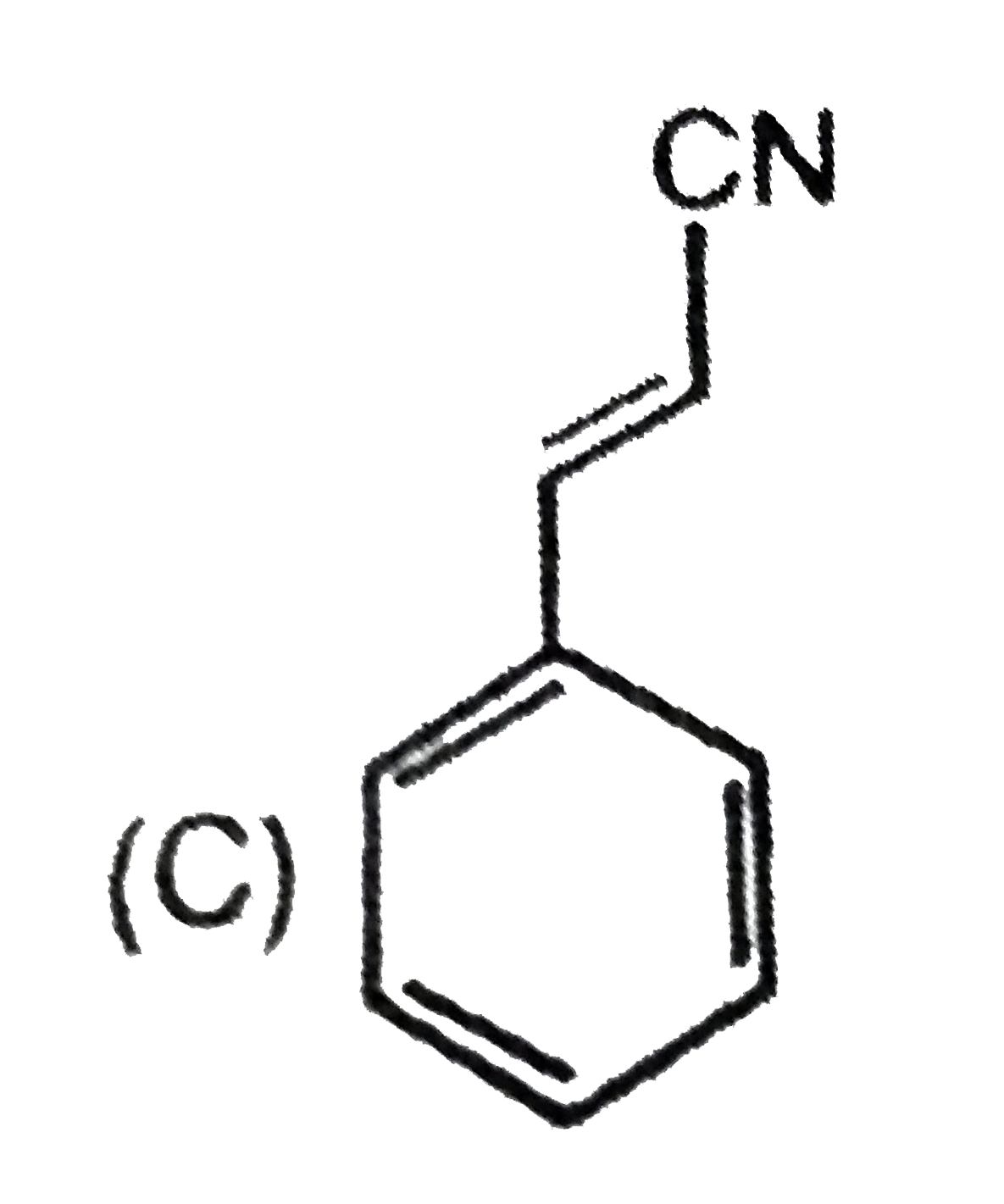 X is
X is




The correct Answer is:A, B, C, D
Step by step video & image solution for X is by Chemistry experts to help you in doubts & scoring excellent marks in Class 11 exams.
Updated on:21/07/2023Topper's Solved these Questions
- REDUCTION, OXIDATION & HYDROLYSIS REACTIONSBOOK - RESONANCE ENGLISHCHAPTER - REDUCTION, OXIDATION & HYDROLYSIS REACTIONSEXERCISE - Part-IV: Comprehension
10 Videos
- REDUCTION, OXIDATION & HYDROLYSIS REACTIONSBOOK - RESONANCE ENGLISHCHAPTER - REDUCTION, OXIDATION & HYDROLYSIS REACTIONSEXERCISE - Part-I : Jee (Advanced) (Previous years)
12 Videos
- REDUCTION, OXIDATION & HYDROLYSIS REACTIONSBOOK - RESONANCE ENGLISHCHAPTER - REDUCTION, OXIDATION & HYDROLYSIS REACTIONSEXERCISE - Part-II: Single and Double Value Integer Type
5 Videos
- PERIODIC TABLE & PERIODICITYBOOK - RESONANCE ENGLISHCHAPTER - PERIODIC TABLE & PERIODICITYEXERCISE - ORGANIC CHEMISTRY(BASIC CONCEPTS)
27 Videos
- S BLOCK ELEMENTSBOOK - RESONANCE ENGLISHCHAPTER - S BLOCK ELEMENTSEXERCISE - ORGANIC CHEMISTRY(Biomolecules & Polymer)
4 Videos
Similar Questions
If f(x)=x2 and g(x)=1x3. Then the value of f(x)+g(x)f(−x)−g(−x) at x=2 is
View SolutionIf X ˉ is the mean of the ten natural numbers x 1 ,x 2 ,x 3 ,...,x 10 , show that (x 1 − X ˉ )+(x 2 − X ˉ )+....+(x 10 − X ˉ )=0.
View SolutionIf f(x)=x−ex+cos2xx2,x≠0 is continuous at x = 0, then
View SolutionA={x/x∈R,x≠0,−4≤x≤4 and f:A→R is defined by f(x)=|x|x for x∈A. Then the range of f is
View SolutionLet f(x)=(x+|x|)|x| . Then, for all x f is continuous
View Solutionf(x)={|x−a|sin(1x−a), for x≠a, 0 if x=a at x=a
View SolutionThe value of the determinant ∣∣ ∣∣xx+ax+2axx+2ax+4axx+3ax+6a∣∣ ∣∣ is (A) 0 (B) a3−x3 (C) x3−a3 (D) (x−a)3
View SolutionA color blind male (XY) marries a carrier female (XX) possible genotype of daughters will be
(a) X X only
(b) X X only
(c) X X and X X
(d) X X and X X
View SolutionLet f(x)=(1−x)2sin2x+x2 for all x ∈ R, and let g(x)=∫(2(t−1)t+1−lnt)f(t)dt for t ∈ [1, x] for all x ∈ (1, ∞).Which of the following is true ?
View SolutionIf f(x)=|(1,x,x+1),(2x,x(x−1),(x+1)x,3x(x−1),x(x−1)(x−2),(x+1)x(x−1))|thenf(100) is equal to (A) 0 (B) 1 (C) 100 (D) -100
View Solution
